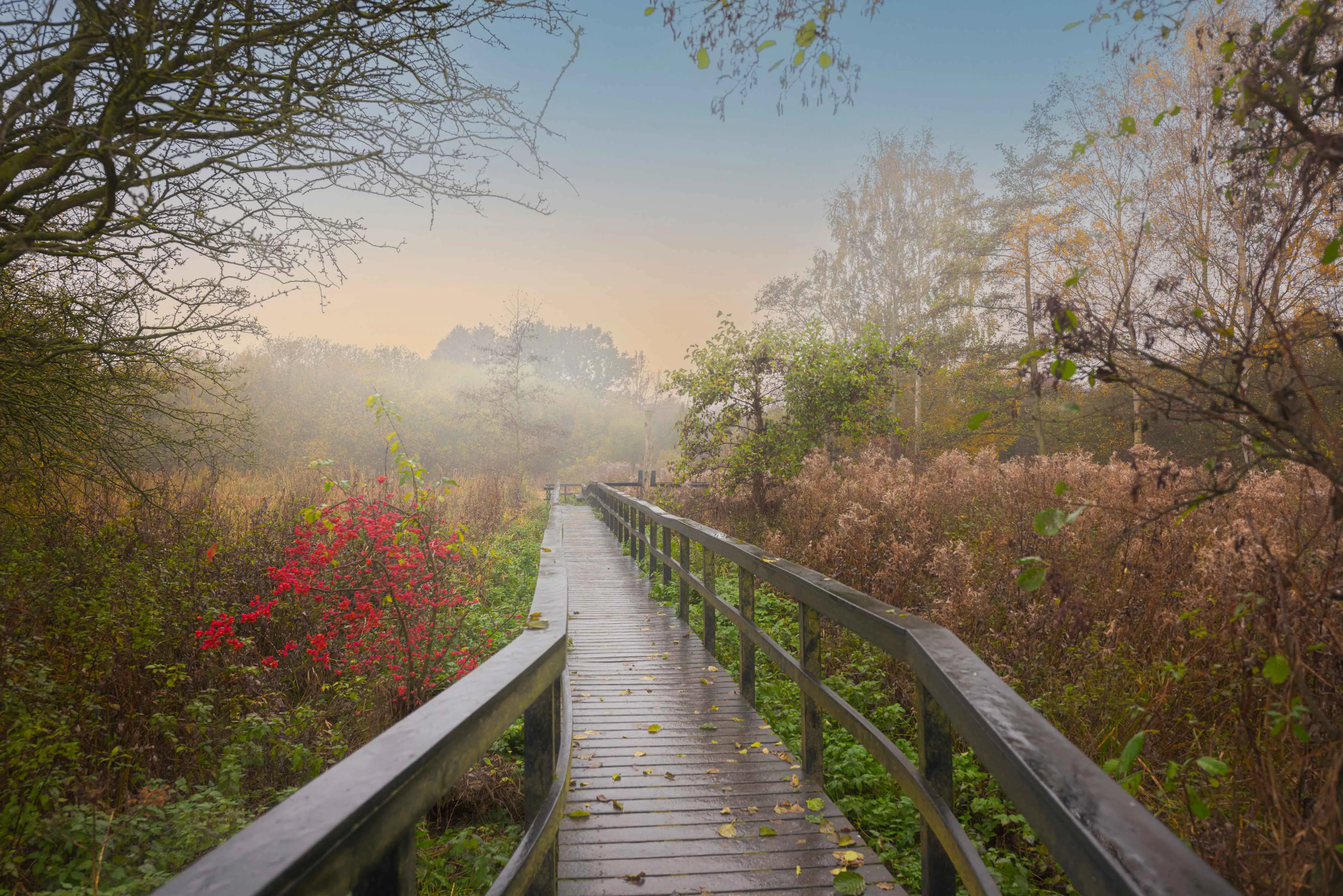Advice
Fundraise your way
If you’re inspired by nature and want to take action to save it, why not fundraise for the RSPB.
November brings a real wintery feel to our weather, with stormy winds blowing the remaining leaves from the trees, and a definite chill in the air. With the change in weather, you may see more birds coming into your garden, plus there are some interesting migrant birds to look out for.
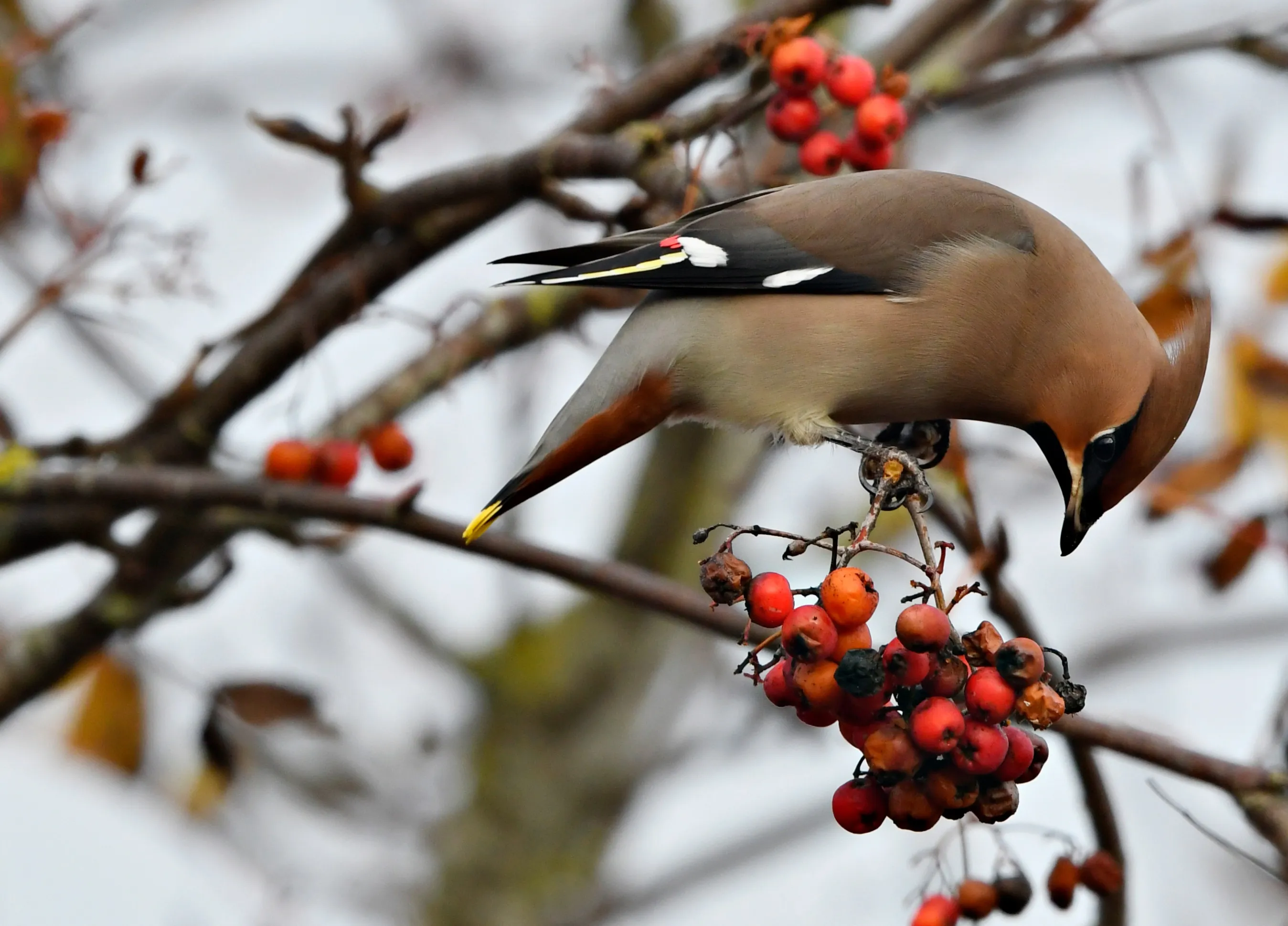
The abundance of natural food sources begins to wane as winter approaches, so your bird table will likely be getting much busier in November. All of your regular garden visitors will flock in to feast, so make sure you keep your feeders clean and full!
Keep your eyes peeled for Siskin and Lesser Redpoll among your usual suspects, and check your Chaffinch carefully – it could be a Brambling (pictured)! Look out for the orange chest and white belly, and its white rump when in flight. Blackbirds are the most common species of thrush in our gardens, with second place going to the Song Thrush, and they’ll be looking out for fallen fruits, berries and mealworms.

One rather exotic-looking species to look out for this month is the Waxwing. These beautiful reddish-brown birds are not much bigger than a Starling, but their punk-rocker crest makes them really stand out. They’re named for the red tips on their wings, which really do look like they’ve been dipped in sealing wax.
Waxwings are more usually found in Scandinavia and Northern Russia, but small numbers visit the UK every winter, with flocks crossing the North Sea in a quest for their favourite food: berries. You’ll sometimes spot individual birds or small flocks in Rowan trees or Hawthorn bushes, even in quite urban locations (like supermarket car parks).
But every few years, large numbers of Waxwings make the crossing, in what is officially termed an ‘irruption’. Quite a few Waxwings have already been spotted this autumn, so fingers crossed…
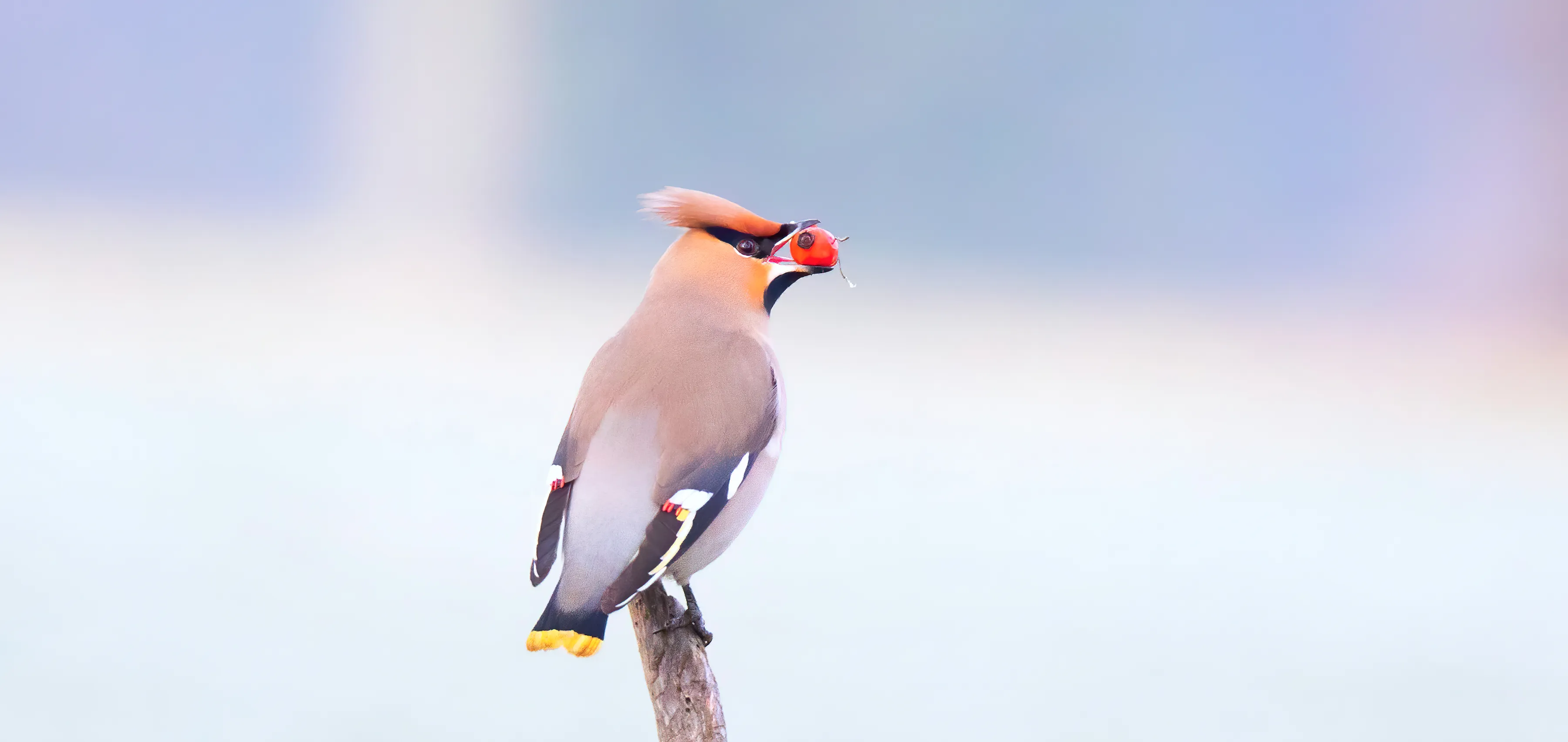
The UK’s amazing coastline has many miles of mudflats and beaches, and these are havens for wading birds. They come here to feast on the invertebrates that are hiding away beneath the surface, and their range of leg and beak lengths allow the different species to feed in a variety of habitats.
Some birds, like Curlews and Oystercatchers, may have spent their summer nesting inland, but others, like Knots and Bar-tailed Godwits, have probably come from much further afield, migrating from colder parts of northern and eastern Europe. You’ll sometimes see very large groups flocking.
An exciting new tagging project hopes to unravel the mysteries of migration by tracking Clive the Bar-tailed Godwit and others.
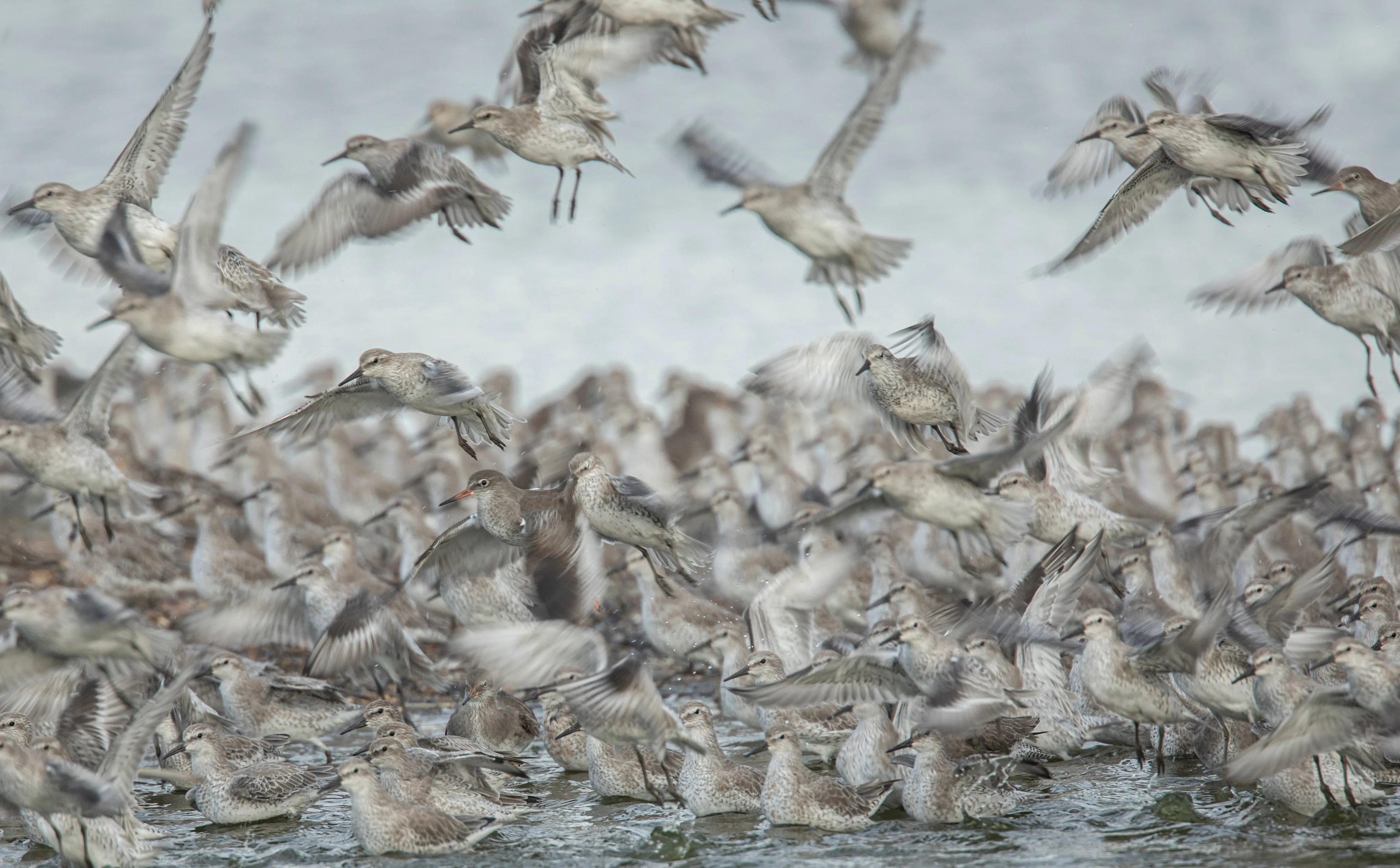
Breathe in the wonders of the autumn and winter wader spectacular with actor and RSPB ambassador Samuel West at RSPB Snettisham nature reserve.
Please note that these wader spectacles happen only at certain times of the year and vary depending on the tide. For more information about RSPB Snettisham, please visit www.rspb.org.uk/snettisham.
A late autumn woodland walk is a real treat for the senses. Gorgeous reds and yellows abound as the last of the leaves cling on just a little bit longer, and the ground is strewn with curious fungi and nuts like Beech mast, acorns and chestnuts.
Autumn is also a great time to search out lichens. These often-overlooked curiosities are a mix of fungi and algae, and while they’re around all year, they’re often hidden by other plants, like ferns. They will start to die back as the colder weather sets in, allowing the lichens to shine through. The wet weather of autumn also brings out their beautiful colours.
Some of the best woods for lichens are in the west of the UK, and particularly the temperate rainforests found in Wales, Scotland and parts of England. Here you can search for species like the Tree Lungwort, a bright green lichen that can grow to be over 30cm across.
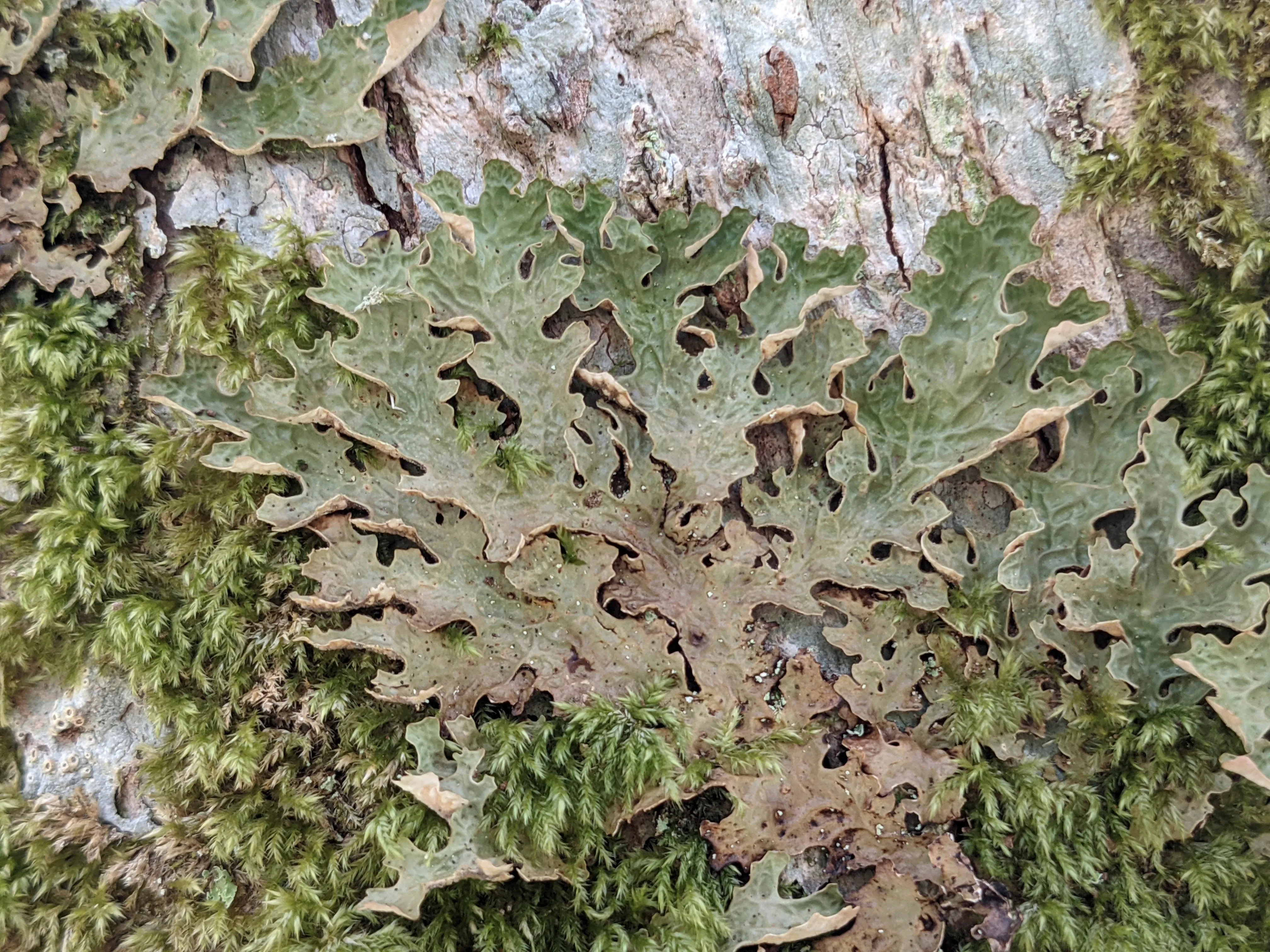
There are seven different types of crow, or corvids, in the UK, and most are pretty sociable birds that love hanging out in groups. These groups often start to get bigger in the autumn, particularly at bed time, when you may see large flocks of corvids soaring around together cawing, before dropping down to roost in their favourite trees.
The birds that most commonly do this are Rooks and Jackdaws, sometimes mixed up together. But even Ravens will sometimes roost communally.
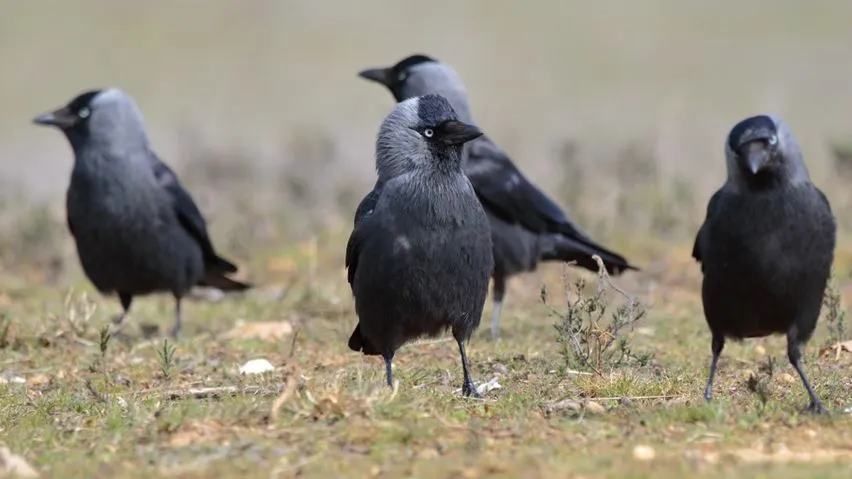
There are more than 170 RSPB nature reserves across the UK waiting for you explore and enjoy. From ancient woodland and wild wetlands to forest glens and sandy heathlands, there’s always something new to discover.
